Over 50? If You Can Do These 6 Exercises, You're in Peak Shape for Your Age
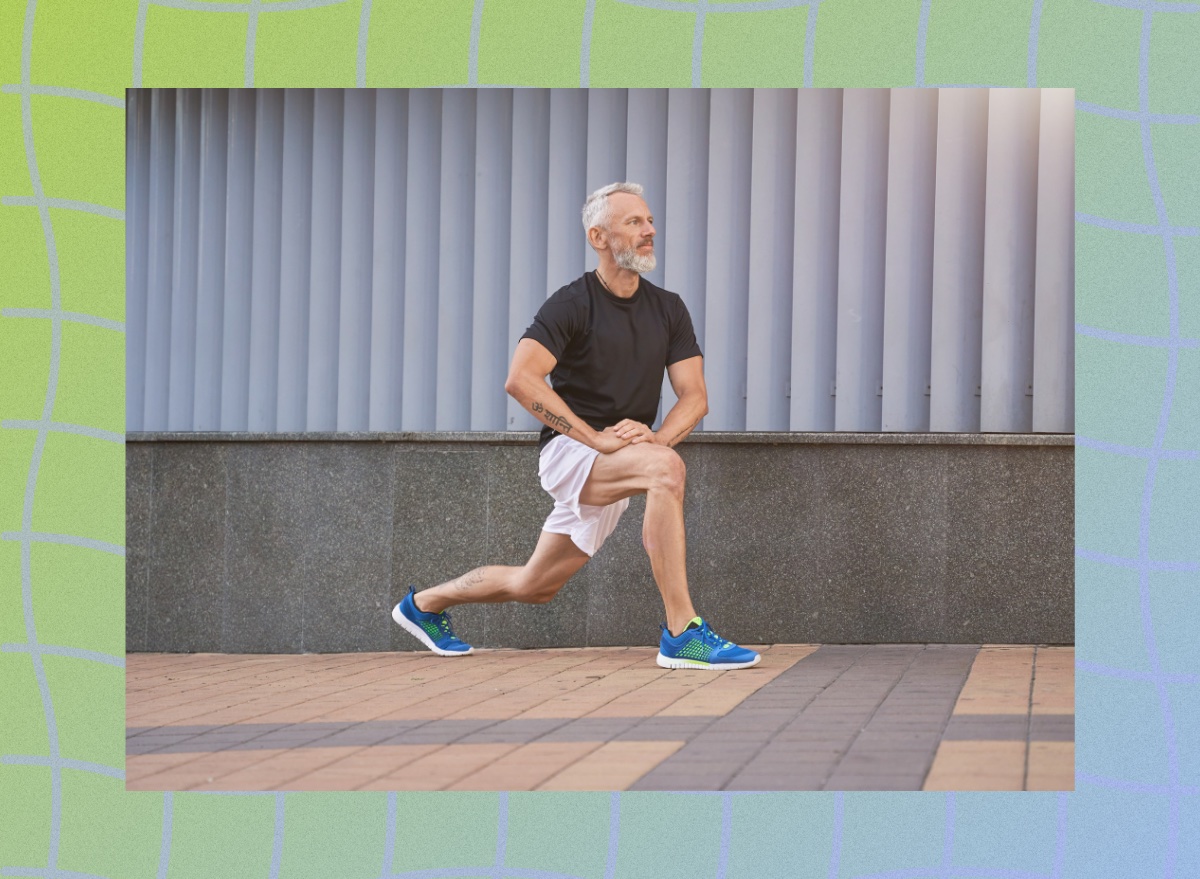
Aging is inevitable, but how you age is up to you. Your body doesn't have to slow down just because the candles on your birthday cake keep adding up. Strength training is one of the most powerful tools in your arsenal to fight off the physical decline that often comes with aging. It preserves muscle mass, keeps your bones strong, and enhances mobility. More importantly, the right exercises can be a litmus test for youthfulness, showing you still have the strength, coordination, and resilience of someone years younger.
These six exercises, from explosive jumps to heavy deadlifts, prove that your body still moves with power, agility, and stability. If you can do them, congratulations: your body is still performing at a high level. If not, now is the time to work toward them. Either way, mastering these movements is your ticket to staying fit, healthy, and active well into your later years.
Box Jumps
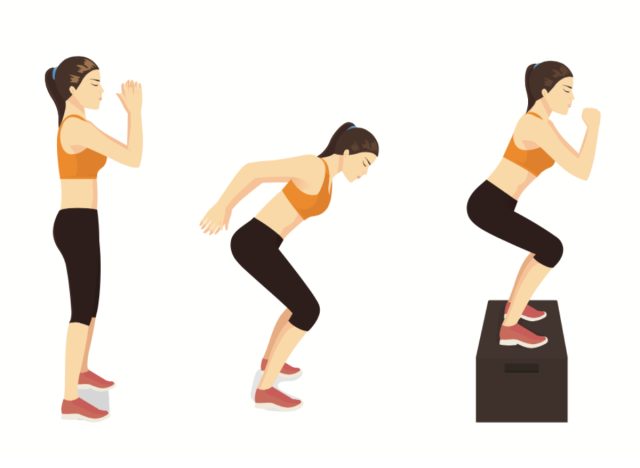
Why: Box jumps test your explosiveness, coordination, and balance, all hallmarks of a youthful body. The ability to generate power quickly declines with age unless actively trained. If you can still perform box jumps, your fast-twitch muscle fibers are alive and well, keeping you agile and strong.
How to Do It:
- Stand in front of a sturdy box or platform that's about knee height.
- Keep your feet shoulder-width apart and engage your core.
- Lower into a quarter squat, then explode upward, swinging your arms for momentum.
- Land softly with both feet on the box, absorbing the impact by bending your knees.
- Stand tall at the top before stepping down one foot at a time.
Workout Recommendation: 3 sets of 6-8 reps
Best Variations: Seated box jump, one-step box jump, weighted box jump
Deadlifts
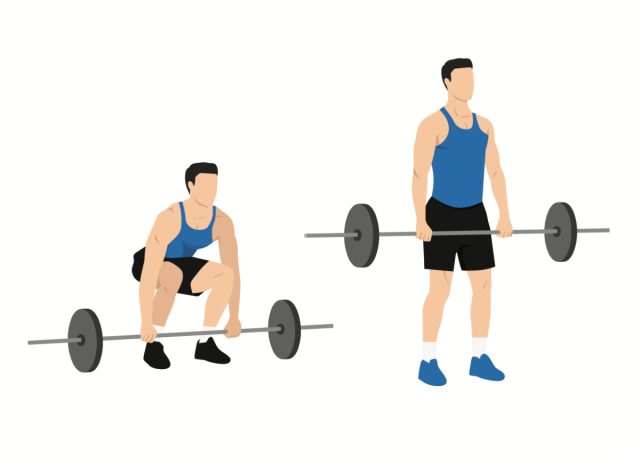
Why: Deadlifts are the ultimate test of total-body strength. They build posterior chain (your glutes and hamstrings) power, maintain hip mobility, and reinforce proper lifting mechanics—key for staying injury-free as you age. If you can deadlift, your body is still strong, stable, and functional.
How to Do It:
- Stand with your feet hip-width apart, barbell (or kettlebell) over your midfoot.
- Hinge at the hips and grip the bar just outside your legs.
- Engage your core, keep your back flat, and drive through your heels.
- Stand up tall, locking out your hips and squeezing your glutes.
- Lower the weight with control, keeping it close to your body.
Workout Recommendation: 4 sets of 5 reps
Best Variations: Romanian deadlifts, trap bar deadlifts, sumo deadlifts
Push-ups
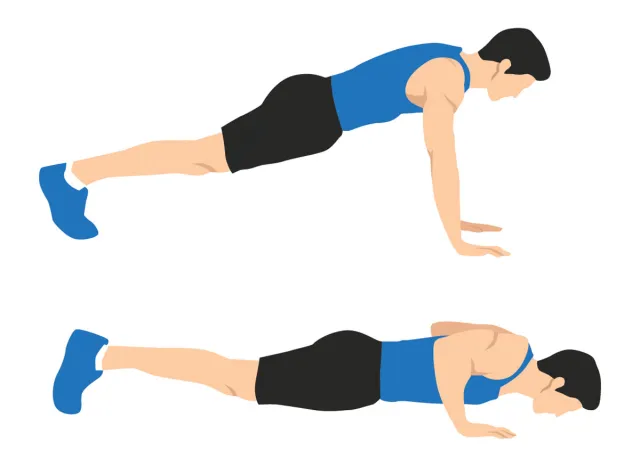
Why: Push-ups measure upper body strength, endurance, and core stability. If you can still knock out a set of strict push-ups, it means your shoulders, chest, and triceps are strong, and your core is engaged enough to maintain proper form.
How to Do It:
- Start in a high plank with your hands slightly wider than shoulder-width apart.
- Keep your body in a straight line from head to heels.
- Lower yourself until your chest nearly touches the floor, keeping elbows at about 45 degrees.
- Push through your palms to return to the starting position.
Workout Recommendation: 3 sets of 10-15 reps
Best Variations: Incline push-ups, deficit push-ups, weighted push-ups
Lunges
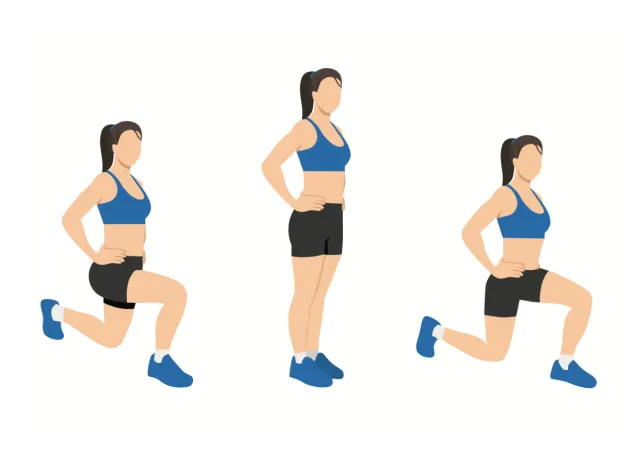
Why: Lunges test lower body strength, balance, and coordination. If you can still perform lunges with control, your legs are strong, your joints are stable, and your balance is solid. You need these essential traits for injury prevention and overall movement quality as you age, and lunges deliver the goods.
How to Do It:
- Stand tall with feet hip-width apart.
- Step forward with one leg, lowering until both knees are at 90-degree angles.
- Push off the front foot to return to the starting position.
- Repeat on the other side.
Workout Recommendation: 3 sets of 12 reps per leg
Best Variations: Reverse lunges, Bulgarian split squats, lateral lunges
Pull-ups
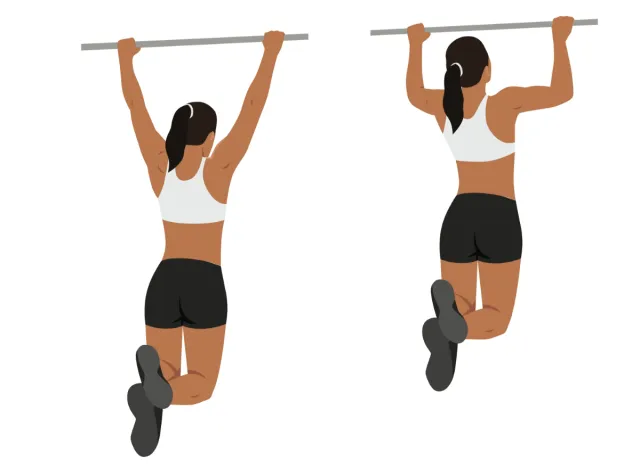
Why: Pull-ups test upper body strength, grip endurance, and shoulder health. The ability to pull your own body weight means you've maintained an impressive level of muscle mass and coordination, which naturally decline with age.
How to Do It:
- Grab a pull-up bar with an overhand grip, hands shoulder-width apart.
- Hang with arms fully extended and engage your core.
- Pull yourself up until your chin clears the bar.
- Lower yourself with control to a full hang.
Workout Recommendation: 3 sets of 5-8 reps
Best Variations: Assisted pull-ups, chin-ups, banded pull-ups
Farmer's Carry
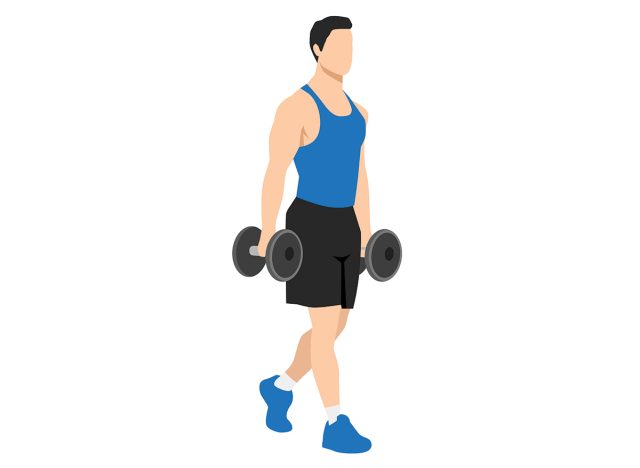
Why: Grip strength is one of the most significant indicators of longevity, and farmer's carries challenge your grip, core, and endurance all at once. If you can still walk with heavy weights in hand, it means your body is holding onto its strength and stability.
How to Do It:
- Pick up a pair of heavy dumbbells or kettlebells.
- Stand tall with your shoulders back and core engaged.
- Walk forward with controlled steps, keeping your posture upright.
- Walk for a set distance or time before setting the weights down safely.
Workout Recommendation: 3 sets of 30-45 seconds
Best Variations: Suitcase carry, overhead carry, rack carry









